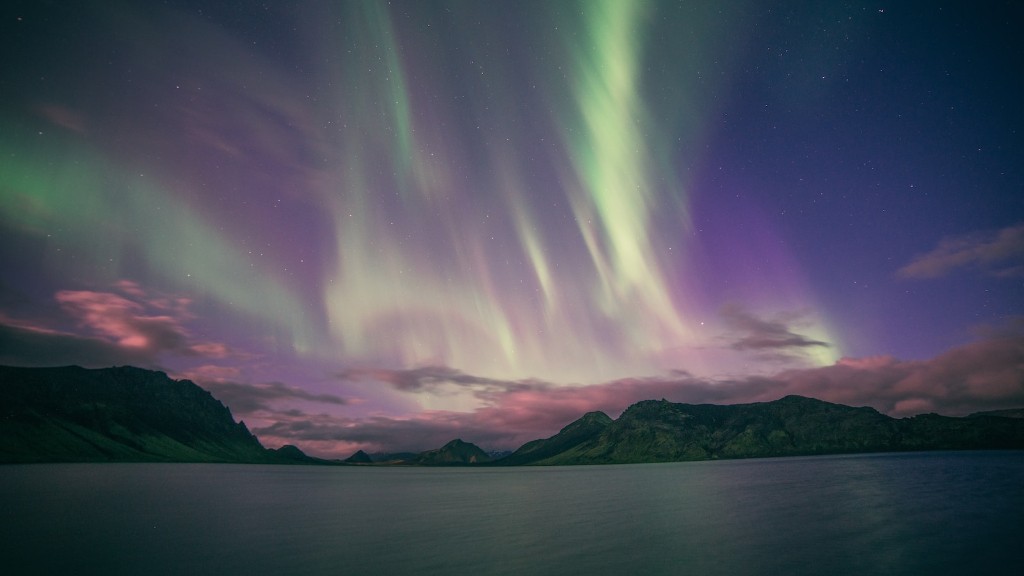New Iceland Travel Rules
Since its breathtaking landscapes and stunning natural wonders became a popular tourist destination, Iceland has faced the challenge of balancing tourism with environmental conservation. To ensure sustainability and manage the increasing number of visitors, the Icelandic government has recently implemented new travel rules that will affect tourists planning to visit this enchanting country.
The new rules, which came into effect on June 1st, 2022, are aimed at mitigating the negative impact of tourism on Iceland’s delicate ecosystem. These measures focus on limiting overcrowding at popular sites, protecting fragile habitats, and preserving the unique Icelandic culture.
Under the new guidelines, tourists must now obtain an entry permit before arriving in Iceland. This permit is designed to regulate the number of visitors and prevent overcrowding at popular attractions. By controlling the flow of tourists, Iceland aims to protect its fragile ecosystem and maintain a high-quality visitor experience for future travelers.
The entry permit can be easily obtained online before traveling to Iceland. It requires travelers to provide information about their planned itinerary and purpose of visit. The permit also includes a small fee, which will be utilized for the conservation efforts and infrastructure maintenance necessary to support sustainable tourism development.
According to recent statistics, Iceland has experienced a remarkable increase in tourism over the past decade. In 2019, approximately 2.3 million tourists visited the country, compared to just half a million in 2010. This rapid surge in visitors has resulted in certain sites being overwhelmed, causing damage to the delicate natural environment.
Experts have praised the introduction of the entry permit system as a crucial step towards sustainable tourism in Iceland. Ásdis L. Arnalds, a leading environmental scientist, states, “The new rules will help us strike a balance between economic benefits and preserving our awe-inspiring landscapes. It is vital that we protect our unique natural wonders and cultural heritage for future generations to appreciate.”
In addition to the entry permit, the government has also introduced a code of conduct for tourists. This code emphasizes the importance of respecting the environment, preventing littering, and adhering to designated paths to minimize soil erosion. These simple guidelines aim to raise awareness among visitors and promote responsible tourism.
While the new rules may initially seem restrictive, they ultimately serve to protect and sustain Iceland’s unparalleled beauty and natural resources. It is crucial for tourists to embrace these regulations and play their part in preserving Iceland as a pristine travel destination. By doing so, future generations will be able to experience the magic and wonder that Iceland offers.
The Impact on Local Communities
As tourism continues to grow in Iceland, the local communities that reside near popular attractions face both benefits and challenges. While tourism brings economic opportunities and job creation, it also places strains on infrastructure, housing, and resources.
Local residents have expressed concerns about excessive noise levels, traffic congestion, and higher living costs resulting from increased tourism. The new travel rules aim to alleviate some of these burdens by regulating the number of tourists at specific sites, allowing communities to retain their cultural identity and maintain a high quality of life.
Furthermore, the revenue from the entry permits will contribute to supporting local communities, funding projects such as improved transportation, sustainable infrastructure, and educational initiatives.
Alternative Destinations in Iceland
The implementation of the new travel rules encourages tourists to explore alternative destinations beyond the more popular sites. Iceland is renowned for its hidden gems and off-the-beaten-track locations, offering visitors a chance to escape the crowds and discover untouched landscapes.
From remote fjords to stunning waterfalls tucked away in lesser-known regions, travelers can still experience the awe-inspiring beauty of Iceland while minimizing the impact on key tourist hotspots.
A Sustainable Future for Iceland
Sustainable tourism lies at the heart of Iceland’s future. The country’s government and various stakeholders are committed to striking a delicate balance between tourism and environmental conservation.
With the implementation of the new travel rules, Iceland aims to set an example for other popular tourist destinations around the world. The lessons learned from managing tourism sustainably in Iceland can help pave the way for responsible travel practices globally.
By respecting the new travel rules, tourists can ensure that their visit to Iceland supports the longevity of its natural wonders, cultural heritage, and the overall well-being of the local communities.




